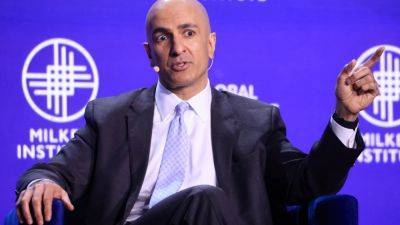Ukraine general’s plan surprised the Russians—and his own troops
Brigade, said his initial reaction was shock. “Where are we going?" Lt. Col.
Artem Kholodkevych recalled thinking. The brazen operation also stunned Russia when it launched on Aug. 6, overrunning weak border defenses and quickly seizing around 100 towns and villages in Russia’s Kursk region.
The invasion embarrassed Russian President Vladimir Putin, raised Ukrainians’ morale after a year of grinding defensive war, and showed the U.S. and other backers that Ukraine still has plenty of fight in it. “We exploded the myth that Russia is an invincible country," Kholodkevych said in an interview.
“We did something that no one has done for 80 years." The operation has brought a brighter spotlight on its architect, Syrskiy. The 59-year-old career military officer faced a challenging proposition when he took over in February. He was replacing a popular predecessor, Gen.
Valeriy Zaluzhniy, and since then has sought largely to manage a war of attrition against a much larger foe. The incursion has, for now, upended the narrative of the war, putting Ukraine back on the offensive. But the success of the operation will ultimately be determined by whether it leads to lasting gains, or greater losses, on the battlefield—or yields political dividends that bring more military support from the U.S.
and its allies or strengthen Ukraine’s position in any future peace negotiations. Now in its fourth week, the incursion is continuing to make gains even as Russia has sent reinforcements. At least 2,000 Russian troops are hemmed in against a river, where repeated attempts to relieve them using pontoon bridges have failed, according to Ukrainian soldiers.
Read more on livemint.com






















